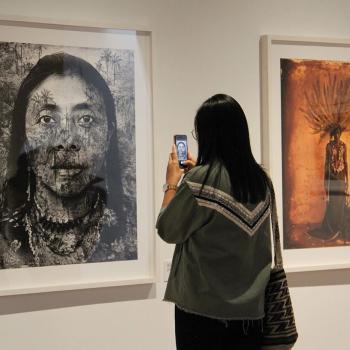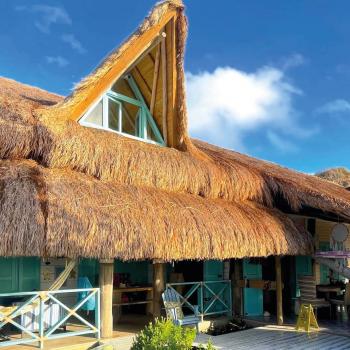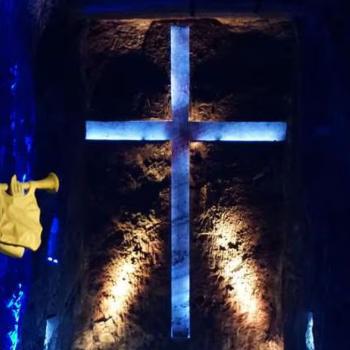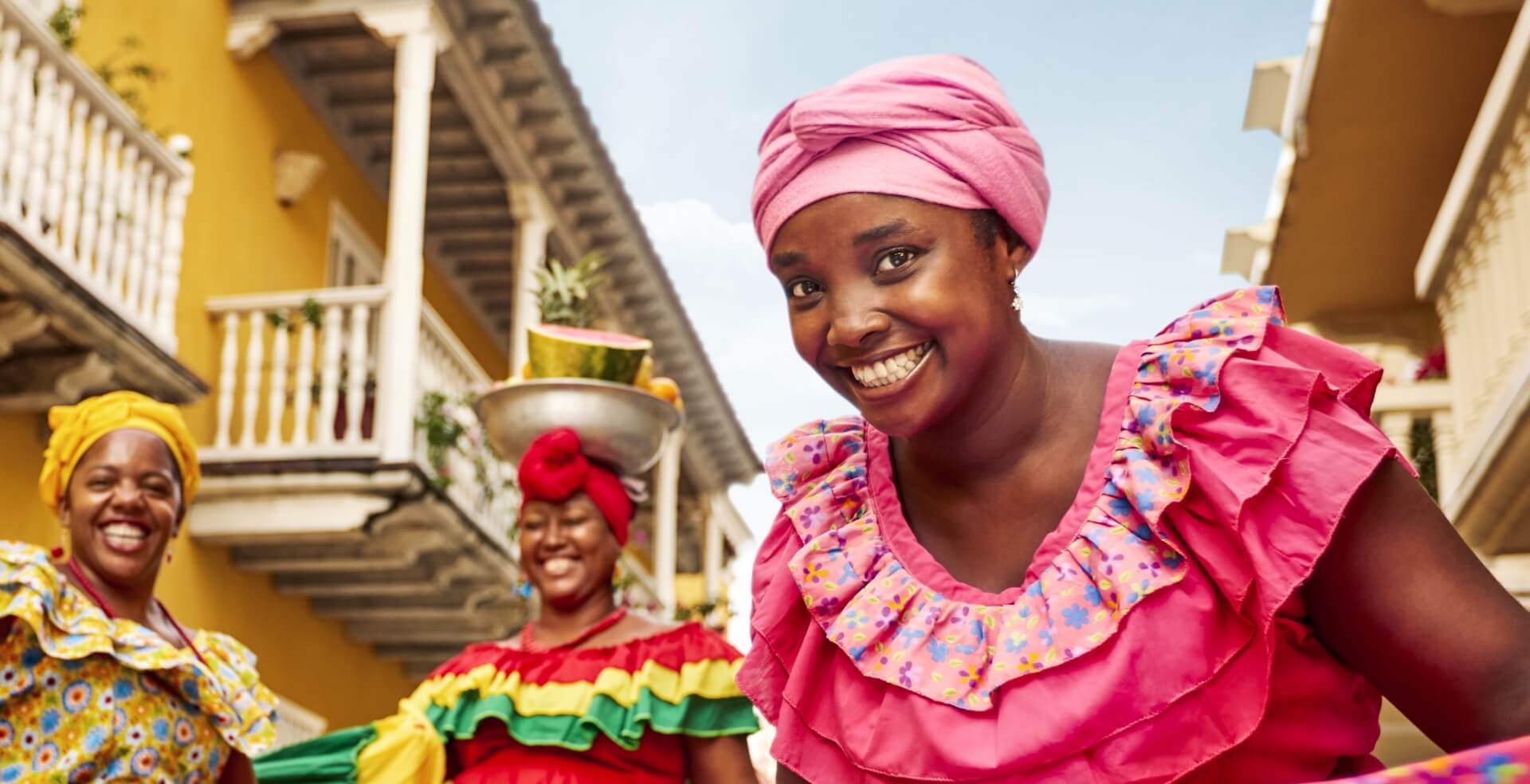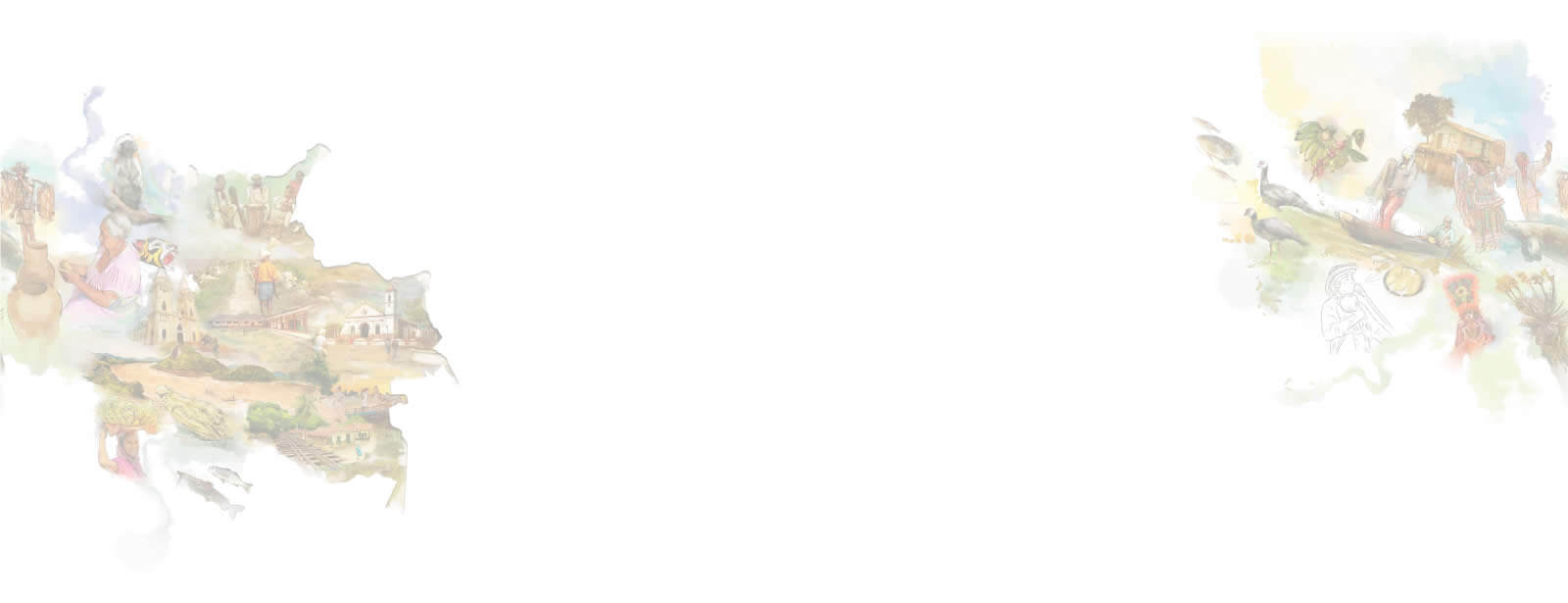Powerful Colombian street art reveals the secrets behind the country’s greatest cities. Discover its meanings and inspirations with our handy guide.
Colombian street art: the beginning of everything
Chapter One. The curtain opens, the credits roll and there is the title in large capital letters: The beginnings of Colombian street art. This now much celebrated art form arrived in Colombia in the 1980s, straight from the punk wave in New York and London. There was, however, already one Colombian pioneer, painting walls in the late 1960s.
MICO was a Colombian graffiti artist who emigrated to New York in 1969, showcasing his art on the city’s streets. Still, that is a story for another time. We must return to Colombia.
Chapter Two. Urban art in Colombia skyrockets in the 1980s, at a time when the aesthetic is all about acid colors, resistance and bouffant hair. Amid all this, the country’s walls begin their transformations into artistic canvases.
Those walls were the “closed captions” of social feeling at the time, and have been ever since. Colombian street art has become central to the country’s identity, a way of expressing social commentary, attitudes and beliefs. The result? A pictorial history of Colombia that can be explored and understood through guided and individual tours.
Insert: Colombian urban art and the fight for equality
Our aim is to find the areas of Colombian cities, including the country’s capital, Bogota, that are most representative of the story of Colombian street art – where the most attractive murals are on display and the inspiration, motives and attitudes of Colombia’s street artists are the most evocative. Before we begin, we do need to present another main character.
It was 1996. Almost thirty years ago, and it was a woman, operating under the name ‘First Fear’, who was launching the story of Colombian urban art on its own soil. First Fear was the country’s first graffiti artist, and her art resisted gender discrimination.
From then on, Colombia’s murals became a conduit to express the feelings and experiences of every new generation. Cities including Bogotá, Medellín, Cali, Cartagena and Manizales had their own unique set designs, which captured a particular moment in history.
Let’s look at the best way to see and experience this explosion in Colombian urban art.
Graffiti tour: Colombia’s murals
A journey through the streets of Colombia is a profound and stirring experience, especially when you are dedicated to uncovering hidden street art.
Colombia itself is an exuberant country. Its natural world is one of splendor, its flora and fauna is famously diverse. It’s the ideal setting for an action movie, and its street art complements that – showcasing the country’s relationship with its people and its stunning natural environment.
You may also be interested in: Five Reasons to Take a Graffiti Tour in Bogota
Graffiti areas in Bogota, Colombia
Imagine you’ve just landed in Bogota, the capital of Colombia. You’re at high altitude, 2,600m closer to the stars and ready to explore the works of art scattered throughout the city. Where do you begin?
Buy a ticket for the Bogota Graffiti tour - the “golden ticket” that pairs street art enthusiasts with visitors keen to discover the stories, dreams and movements behind Colombia’s most populated city. Bogota is home to 10 million people, a thriving and busy metropolis set against the serene backdrop of green mountains and the endless high savanna.
On this tour you’ll consider the influence of hip hop on the capital’s art scene, an influence that has been present since the 1980s. You’ll also learn to recognize the various forms of street art, from posters to painted murals.
The Bogota Graffiti tour will guide you through the capital’s industrial areas, which provide a striking backdrop for the art on display. Everything changes when you reach La Candelaria, where you’ll be transported back in time to the colonial era, the neighborhood’s architecture a sharp contrast to the modern artistic techniques on display.
If you’re keen for an even greater immersion into the city’s cultural and artistic life, head to SurFest – a Bogota street festival that takes place in the south of the city, in Ciudad Bolivar.
Graffiti in Comuna 13: From Medellin to the world
Our story gets even better as we head west to the city of Medellin, accompanied by the sounds and strains of urban music and the city’s mountainous backdrop. A ray of sunlight illuminates Medellin’s Comuna 13 district, and its impactful street art.
The people, music and style of this part of the city fuse into a fantastic setting for experiencing Colombia’s graffiti art scene. Just like in Bogota, there’s a Graffitour designed to help visitors immerse themselves completely.
The tour explores parts of Medellin that were, for many years, isolated by prejudice and violence, but are now undergoing a renewal. Art has opened the way for this renaissance, and a visit to Comuna 13 offers a window on the multiple strands of Colombian history.
Once you’ve undertaken a graffiti tour in one or both of these great Colombian cities, you’ll have peeked underneath the fabric of Colombian society, and appreciate the impact of street art as a means of telling stories, and fighting for change.
You may also be interested in: Medellin: music and urban art
Killart: The other side of Barranquilla
The Barranquilla Carnival and its mascot, Joselito Carnaval, the home of the Colombian national football team, and distinctive folk music. The Atlantic coastal city of Barranquilla has a firm place in Colombian culture, and it has its street art too.
KILLART: The final chapter
Having enjoyed and explored street art in cities high in the Andes, why not head to the Greater Colombian Caribbean for a different, yet equally spectacular setting? Standout street artists including Joyce Obregon, Linda Montoya and Norella Magdaniel have all exhibited at Killart, which has its own story to tell.
Killart focuses on recovering and repurposing abandoned spaces across Barranquilla, and street artists and creators are the first to show them the love they deserve, brightening their walls and streets by turning them into living canvases, worthy of admiration.
Are you ready to create your own graffiti tour? Colombia street art is more alive than ever.
You may also be interested in: Destinations with experiences that fill your heart








